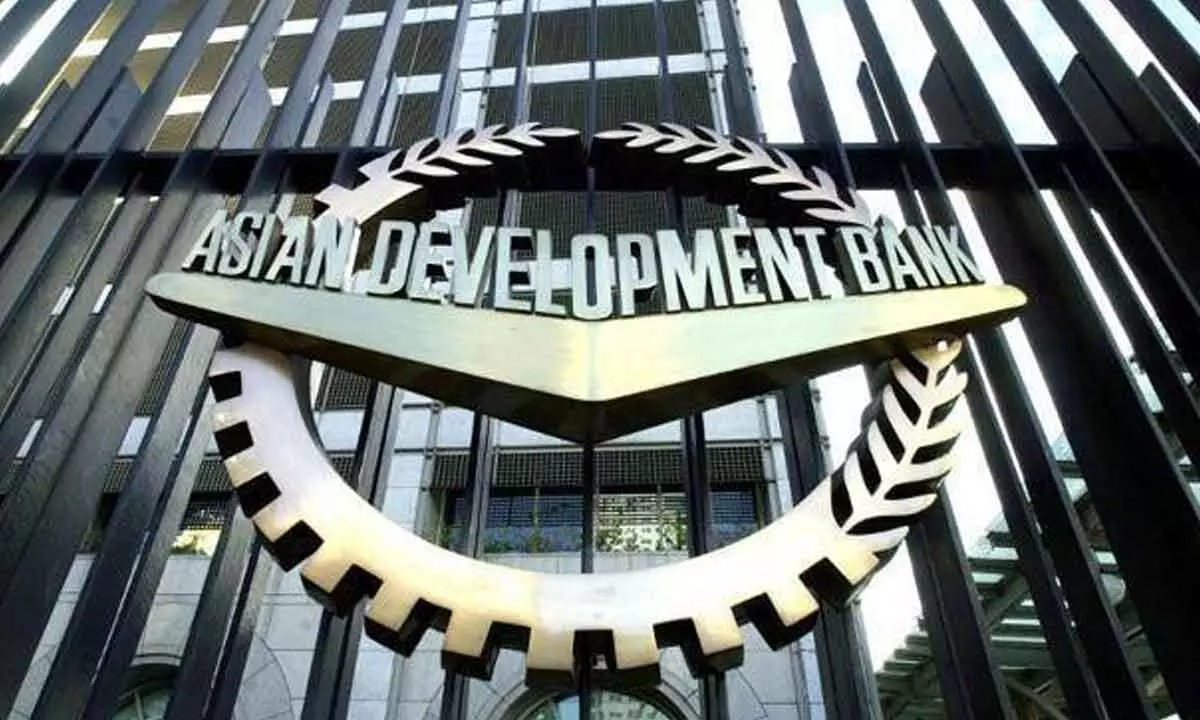ADB remains bullish on growth but more needs to be done
image for illustrative purpose

The Asian Development Bank (ADB) is upbeat about India’s growth rate, raising its forecast for 2024-25 to seven per cent from the 6.7 per cent it had projected in December. This comes in the wake of similar hikes projected by the World Bank, IMF, and Moody’s, though ADB’s has endorsed RBI’s growth projection. It is, however, imperative that the Centre should ensure that the optimism about the economic prospects do not get mired in the swamp of populism. The central bank projected a decent gross domestic product (GDP) expansion on good prospects in manufacturing, services, and normal monsoon. RBI Governor Shaktikanta Das said on April 5, “Manufacturing is expected to maintain its momentum on the back of sustained profitability. Services activity is likely to grow above the pre-pandemic trend.” He added that private consumption should gain steam with further pick-up in rural activity and a steady urban demand. He spoke of “business optimism, healthy corporate and bank balance sheets, robust government capital expenditure and signs of upturn in the private capex cycle.” The ADB highlighted about “strong momentum in manufacturing and services.”
This, however, does not mean that there are no concerns; they are still there, both external and internal. First, the chances of a rate cut by the US Federal Reserve have dimmed with the latest data showing a rise in retail inflation. Then the war in Gaza shows no signs of abating. Morgan Stanley recently increased its Brent crude oil price forecast for the third quarter of 2024 by $4 per barrel to $94. “That the degree of geopolitical risk in key oil producing regions has increased recently seems clear and uncontroversial,” the bank maintained. Then there are issues related to China’s economy. Fitch recently downgraded its outlook on the Asian giant’s credit rating. According to it, the general government deficit will zoom to 7.1 per cent of GDP in 2024 from 5.8 per cent in 2023. Last December, Moody’s too had downgraded its outlook on China’s credit rating from ‘stable’ to ‘negative’ because of risks to “structurally and persistently lower medium-term economic growth.” It also highlighted the mess China’s realty sector is in.
Uday Kotak, founder and non-executive director of Kotak Mahindra Bank, actually sees potential global economic turbulence. He recently tweeted: “US inflation is higher than expected. Postpones US rate cuts to later, closer to US Presidential elections, if at all. Brent oil now $90. Will keep rates higher for longer worldwide, including India. Only wild card: China imploding economically. Get ready for global turbulence (sic).” Indeed there are challenges ahead, but then, they say, every challenge presents an opportunity. China imploding economically, for instance, will have an impact on global supply chains but it can also intensify the ‘China plus one’ policy that many multinational corporations are following. This can help India, provided the decision makers get their act together. And here is where the shoe pinches, for the real challenges the economy faces are actually internal. India has not been able to attract adequate investment, neither FDI nor domestic, to deploy in manufacturing so that growth could be accelerated and jobs created. Hopefully, this will happen when the next government is in place.

